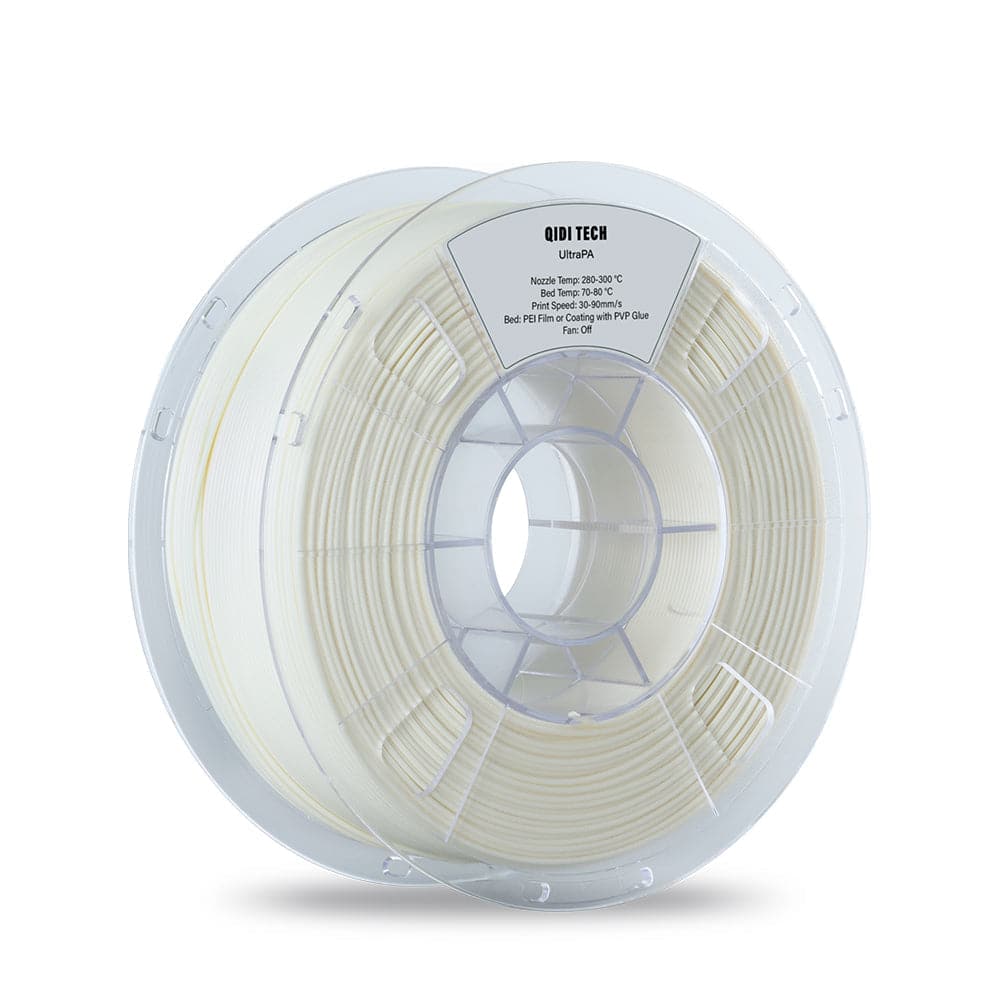Unlock the Secrets of Nylon Filament: The Game-Changer for Your 3D Printing Adventures!
In recent years, 3D printing has revolutionized the way we think about manufacturing and prototyping. Among the myriad of materials used in this innovative technology, nylon filament has emerged as a standout choice, capturing the attention of both hobbyists and professionals alike. Its unique properties, versatility, and growing popularity mark it as a game-changer in the world of additive manufacturing. Whether you’re creating intricate designs or robust prototypes, understanding nylon filament can elevate your 3D printing experience and open doors to endless possibilities.

Understanding Nylon Filament
Nylon filament is a type of thermoplastic that is known for its strength and flexibility. Chemically, it belongs to the polyamide family, which encompasses a range of synthetic polymers. The most common types of nylon used in 3D printing include Nylon 6 and Nylon 12, each distinguished by their specific molecular structures and properties. Historically, nylon was first introduced in the 1930s, primarily for textiles. However, as 3D printing technology evolved, so did the applications of nylon. Its introduction into the 3D printing world has been transformative, allowing for the production of durable and functional parts that were previously difficult to achieve with other materials.
Properties of Nylon Filament
One of the key characteristics that makes nylon filament so appealing for 3D printing is its remarkable flexibility. This property allows printed parts to withstand bending and twisting without breaking. Additionally, nylon exhibits exceptional durability, making it resistant to wear and impact—qualities that are essential for functional components. Another notable property is its temperature resistance, which enables printed items to maintain structural integrity under varying thermal conditions. Moreover, nylon filament is known for its ability to absorb dye, making it a favorite among artists and designers looking to create visually striking pieces. The combination of these properties contributes to nylon's reputation as one of the most versatile materials in the 3D printing landscape.
Uses of Nylon Filament in 3D Printing
Nylon filament is incredibly versatile and finds applications across various industries. In the realm of prototyping, it is often used to create functional prototypes that require high strength and durability, such as automotive parts and consumer goods. Additionally, its flexibility makes it suitable for producing intricate designs and artistic projects, allowing creators to push the boundaries of their imagination. For industries like aerospace and medical, nylon's lightweight yet robust nature has made it an invaluable resource for creating custom tools, braces, and even prosthetics. As a result, many makers and professionals turn to nylon filament for projects that demand both precision and durability.
Benefits of Using Nylon Filament
The advantages of nylon filament over other 3D printing materials are significant. First and foremost, its enhanced strength translates to longer-lasting parts that can withstand rigorous use. Additionally, being lightweight makes it ideal for applications where weight reduction is crucial, such as in the aerospace industry. Another benefit is nylon's ability to create complex geometries, which is often a challenge with other materials. This ability allows for innovative designs that can lead to improved functionality and aesthetics. Furthermore, nylon filament can be printed with a variety of settings, enabling users to optimize their prints for specific applications. These benefits position nylon filament as a top choice for both novice and experienced 3D printing enthusiasts.
Challenges and Considerations
While nylon filament boasts numerous advantages, it is not without its challenges. One of the primary concerns is its susceptibility to moisture absorption, which can adversely affect print quality. To combat this issue, it is crucial to store nylon filament in a dry environment and consider using desiccants. Moreover, print settings such as temperature and speed require careful adjustments to achieve optimal results. My friend, an avid 3D printing enthusiast, often shares her experiences with overcoming these challenges. By experimenting with different settings and maintaining proper filament storage, she has successfully created high-quality prints that showcase the full potential of nylon. With the right approach, these challenges can be managed effectively, ensuring successful outcomes.
Embracing the Versatility of Nylon Filament
Nylon filament is undeniably a revolutionary material in the world of 3D printing, offering a blend of strength, flexibility, and versatility that is difficult to match. Its applications span a wide array of industries, making it an essential tool for both hobbyists and professionals. By understanding its properties, uses, and the advantages it offers, you can make informed decisions for your next printing project. Whether you're looking to create functional prototypes or artistic masterpieces, nylon filament could very well be the key to unlocking your creative potential. Embrace the possibilities that nylon filament presents, and elevate your 3D printing adventures to new heights!








